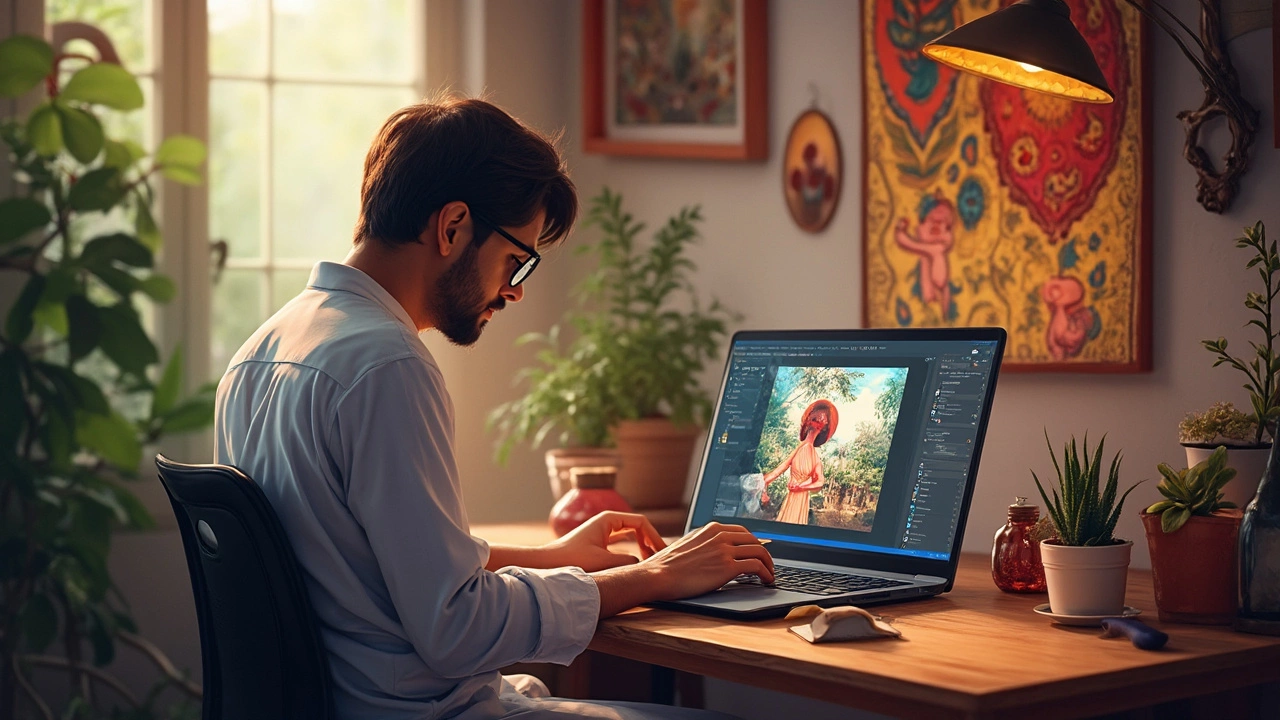Alternatives: Better Choices for Your Photo & Printing Needs
When you think about a project—whether it’s fixing a selfie, printing a family album, or designing a flyer—you probably reach for the first tool that comes to mind. But the fastest or most famous option isn’t always the best fit for your budget, skill level, or style. That’s why hunting for alternatives can save you time, money, and headaches.
Photo Editing Alternatives
Most people know Photoshop, but the subscription can burn a hole in your wallet. Luckily, there are free or low‑cost programs that give you most of the same power. GIMP is a solid open‑source editor; it works on Windows, Mac, and Linux and offers layers, masks, and filters that rival Photoshop’s core tools. If you prefer a browser‑based experience, Photopea runs in any modern browser and even opens PSD files directly—no download needed.
For mobile users, Snapseed and Adobe Lightroom Mobile provide powerful editing on the go. Snapseed’s selective adjust feature lets you fine‑tune brightness or contrast on just the part of the picture you choose. Lightroom Mobile syncs with the desktop version if you ever decide to upgrade, making your workflow seamless.
When you need quick graphic design, check out Canva. Its drag‑and‑drop interface lets you create social posts, flyers, or simple photo collages in minutes. While it’s not a full‑blown photo editor, the built‑in filters and text tools cover most casual needs without a steep learning curve.
Printing & Photo Book Alternatives
Printing services often push big chain stores, but local print shops can deliver higher quality at lower prices, especially for large orders. In Mumbai, many shops offer same‑day prints, matte finishes, and custom sizes that big retailers don’t advertise. Ask for sample prints before committing; a quick visit can reveal how sharp their colors truly are.
If you’re after photo books, don’t just settle for the default options on popular sites. Services like Blurb and Mixbook give you more layout control and a broader range of paper types. Blurb even lets you upload a PDF you designed yourself, which is handy if you already used a desktop publishing program.
For budget‑friendly prints, online marketplaces such as Printify connect you with a network of manufacturers. You upload your design, choose a printer near you, and they handle the rest. This can slash shipping costs and often results in a faster turnaround.
Finally, remember that many alternatives are hybrid. You might edit with GIMP, design in Canva, and print locally—all without paying a single subscription fee. The key is to match the tool to the task instead of relying on a one‑size‑fits‑all solution.
Take a moment to list what you need for your next project, then match each requirement with an alternative that fits your budget and skill level. You’ll end up with a workflow that feels natural, saves money, and still delivers professional results.
